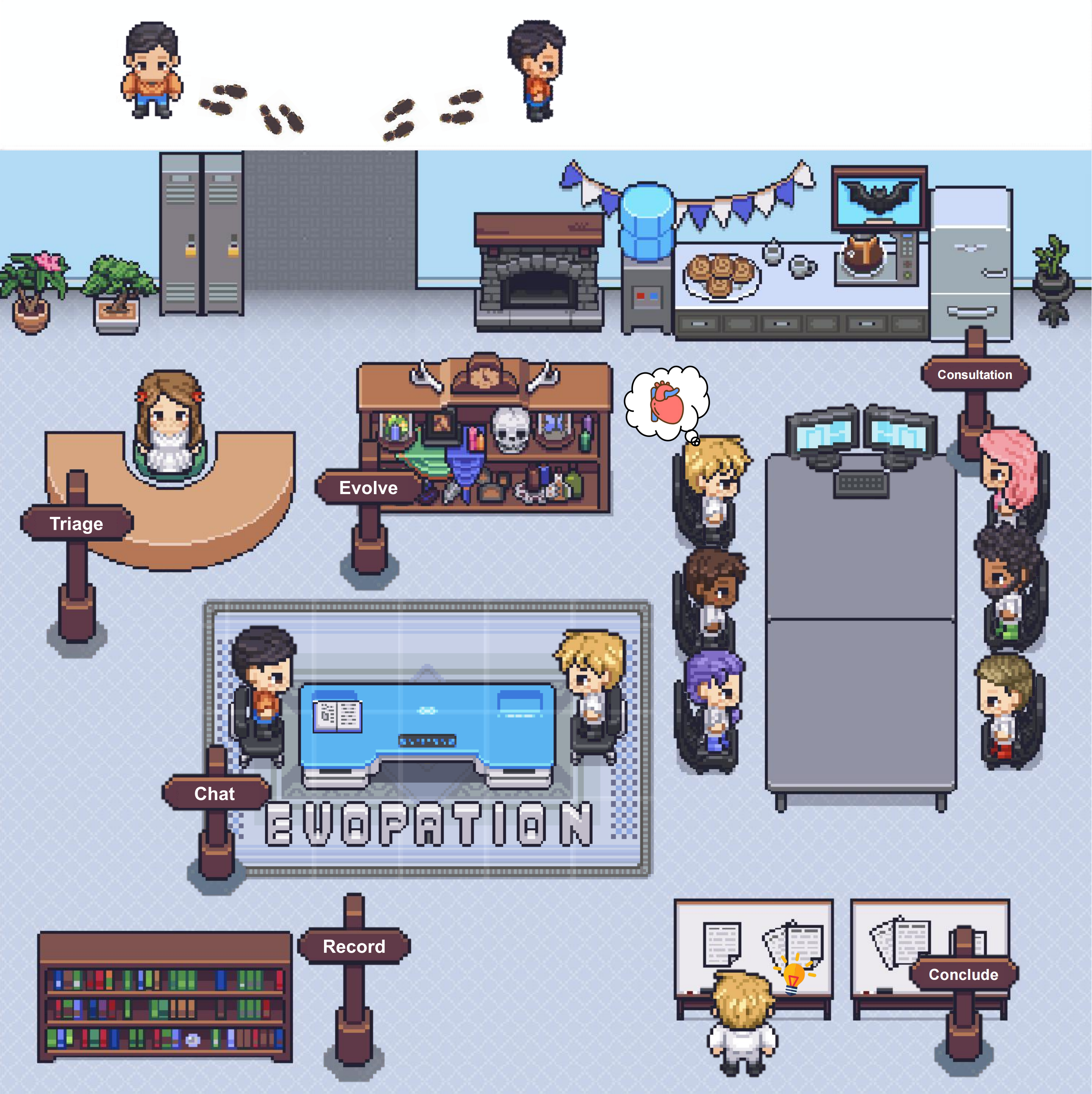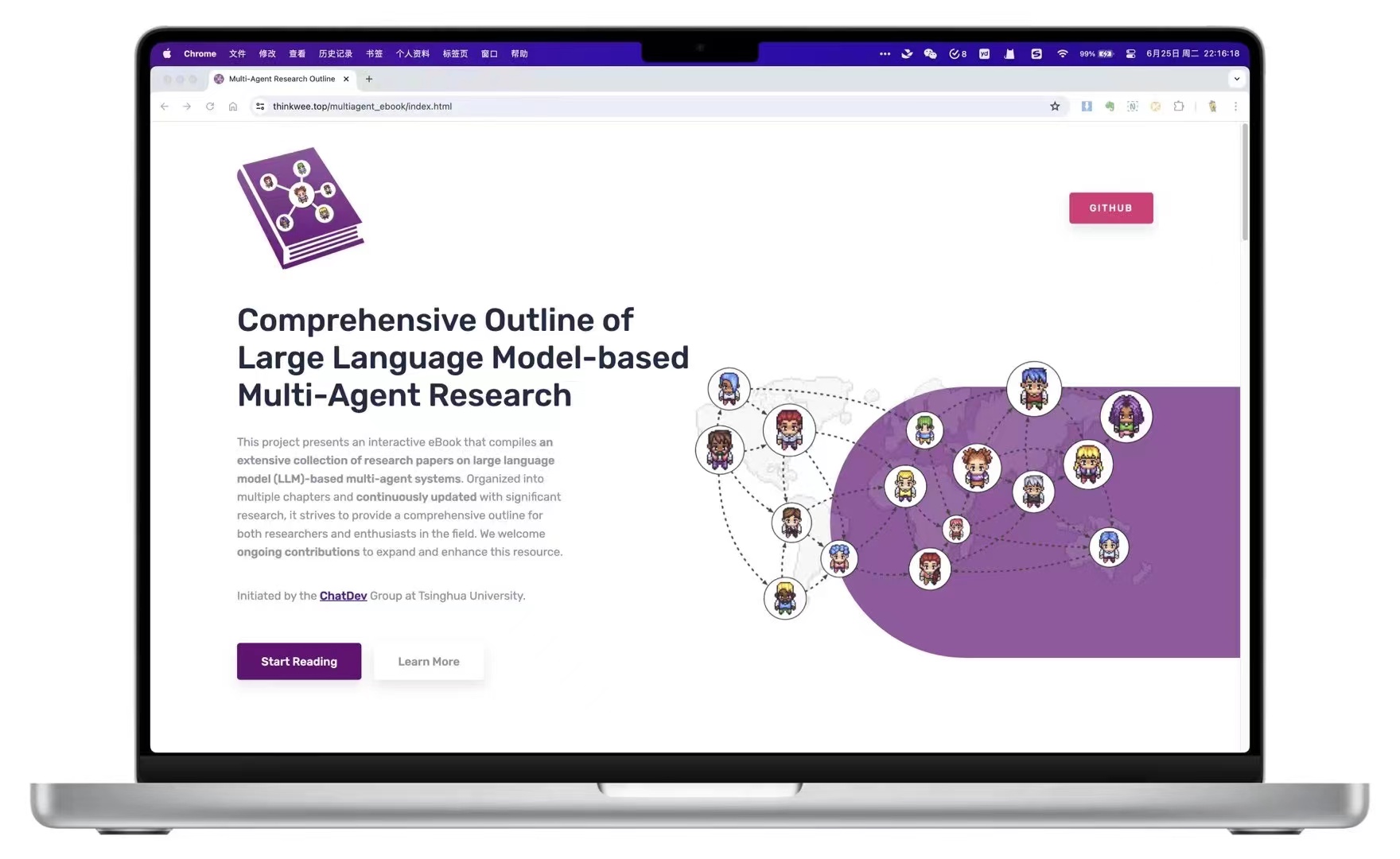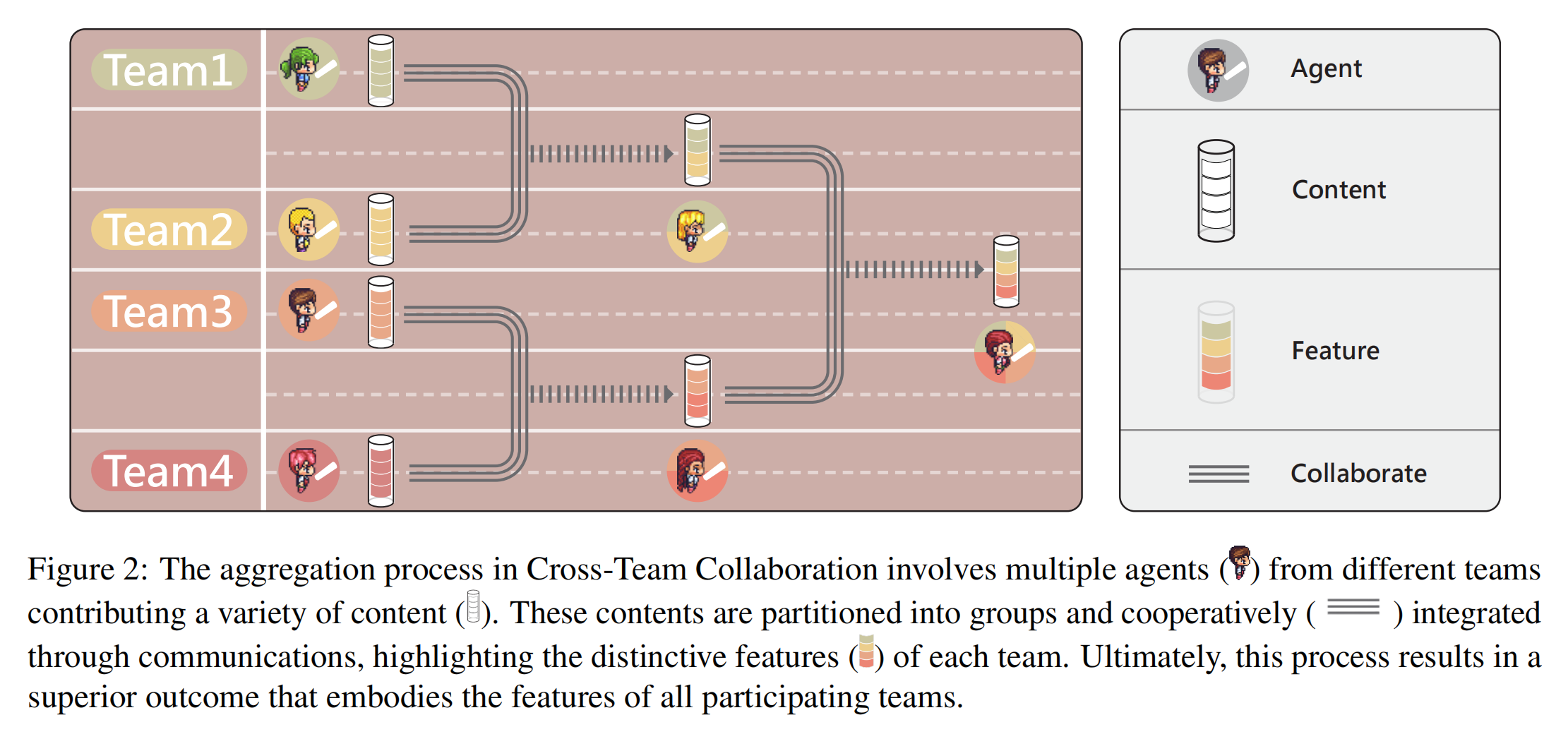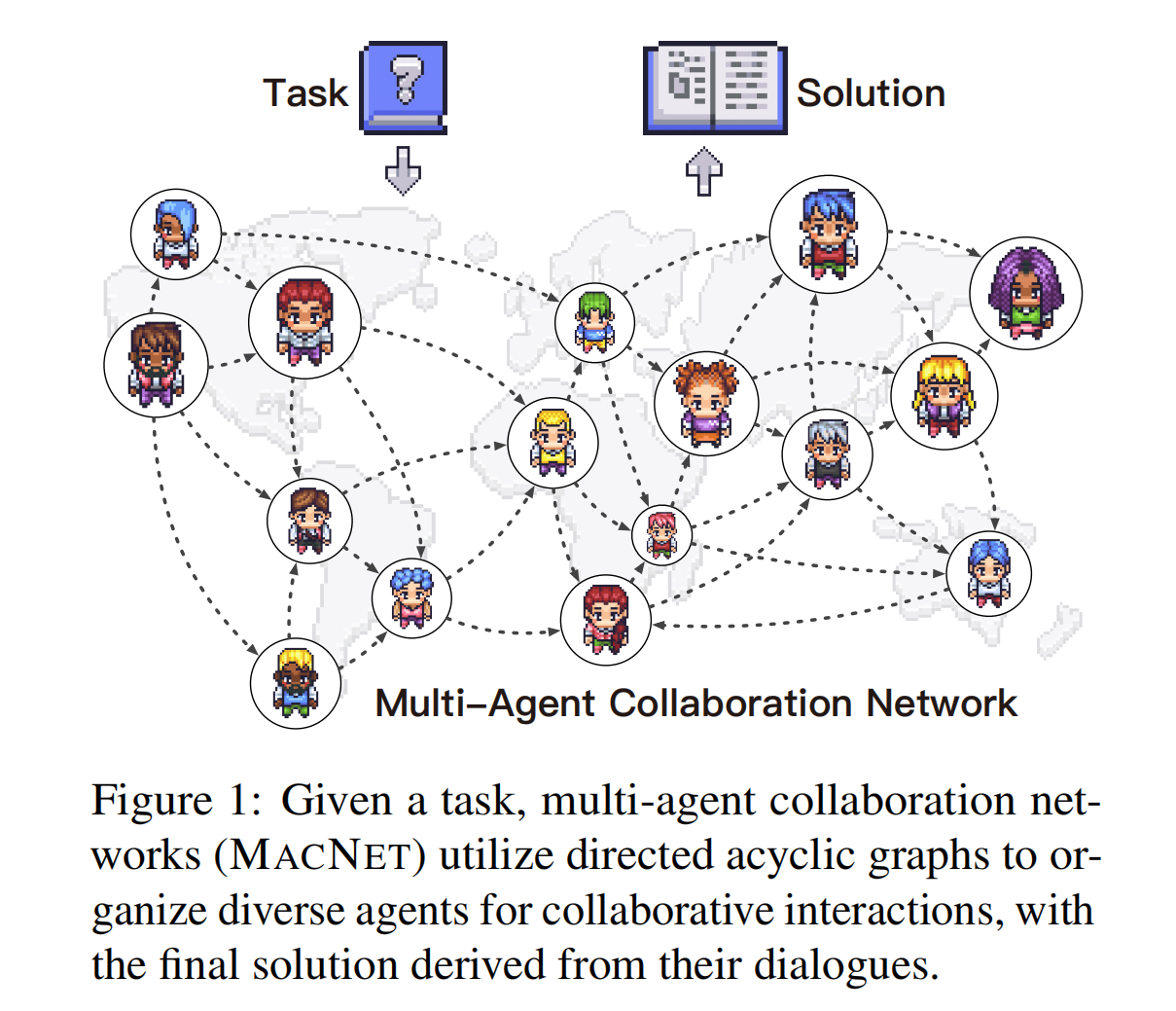Portfolio
EvoPatient: LLM-based Standardized Patients via Agent Coevolution
🏥 Changing Medical Education Through AI
Training medical personnel using standardized patients (SPs) has long been a cornerstone of medical education, yet it faces significant challenges including high costs, extensive training requirements, and potential psychological impacts on human SPs. EvoPatient introduces a solution: an innovative multi-agent coevolution framework that enables Large Language Models to simulate highly realistic standardized patients without human supervision.

🚀 Key Innovations
Autonomous Coevolution Mechanism: Our framework features a unique coevolution process where patient agents and doctor agents simultaneously improve through unsupervised simulations. Patient agents learn standardized presentation patterns while doctor agents develop professional questioning strategies, creating a self-improving ecosystem.
Multi-Disciplinary Consultation System: EvoPatient implements a sophisticated recruitment process that allows doctor agents to dynamically invite specialists from different disciplines when cases exceed their expertise, mirroring real-world medical consultations and enhancing the diversity of training scenarios.
Robust Information Security: Through evolution, our patient agents learn to resist “cheat questions” - attempts by doctors to obtain information they shouldn’t easily access - ensuring realistic and fair training conditions that truly test diagnostic skills.
📊 Proven Performance
Extensive experiments across 20,000+ medical cases demonstrate that EvoPatient significantly outperforms existing methods:
- 10%+ improvement in requirement alignment compared to traditional reasoning methods
- Superior human preference in both standard and adversarial question scenarios
- Optimal resource consumption after evolving over 200 cases for 10 hours
- Excellent generalizability across diverse medical conditions and specialties
🎯 Real-World Impact
EvoPatient addresses critical challenges in medical education:
- Cost Reduction: Eliminates the need for extensive human SP training and operational costs
- Scalability: Supports thousands of concurrent training sessions across multiple medical specialties
- Consistency: Provides standardized, reproducible training experiences
- Safety: Removes psychological burden on human SPs while maintaining training effectiveness
🔬 Technical Excellence
The framework incorporates cutting-edge AI techniques:
- Attention Library: Automatically refines patient requirements and stores high-quality dialogue demonstrations
- Trajectory Library: Captures and reuses successful diagnostic question sequences
- Memory Management: Implements both instant and summarized memory to handle long-context interactions
- Quality Validation: Employs sophisticated metrics to ensure training authenticity and effectiveness
🌟 Future of Medical Training
EvoPatient represents a paradigm shift in medical education, offering a scalable, cost-effective, and highly realistic alternative to traditional standardized patient programs. By leveraging the power of multi-agent coevolution, we’re not just simulating patients - we’re creating an intelligent training ecosystem that continuously improves and adapts to provide the best possible medical education experience.
Research Paper: LLMs Can Simulate Standardized Patients via Agent Coevolution
Code Repository: Available at https://github.com/ZJUMAI/EvoPatient
Comprehensive Outline of Large Language Model-based Multi-Agent Research

🎉To foster development in LLM-powered multi-agent collaboration🤖🤖 and related fields, our team has curated a collection of seminal papers📄 presented in an interactive e-book📚 format. Explore the latest advancements and download the paper list here: ebook
This project presents an interactive eBook that compiles an extensive collection of research papers on large language model (LLM)-based multi-agent systems. Organized into multiple chapters and continuously updated with significant research, it strives to provide a comprehensive outline for both researchers and enthusiasts in the field. We welcome ongoing contributions to expand and enhance this resource.
Multi-agent systems are currently classified into two categories based on whether the agents are designed to achieve specific task goals under external human instructions: task-solving-oriented systems and social-simulation-oriented systems.
Task solving-oriented multi-agent systems employ autonomous agents working collaboratively to tackle complex problems. Cutting-edge research in this direction revolves around three primary areas: facilitating communication among agents, designing effective organizational structures for interaction, and exploring how agents co-evolve over time.
Social simulation-oriented multi-agent systems concentrate on modeling and analyzing the social behaviors of agents, offering valuable insights into human dynamics and enhances the ability to analyze or predict social phenomena.
Frequently Asked Questions
How is this ebook organized? : This ebook gathers leading research on LLM-powered multi-agent systems since 2023, categorized by key perspectives in the field. As this area rapidly evolves, updates will be ongoing.
How can I contribute? : We encourage open-source collaboration on this project. You can contribute by submitting a pull request with detailed metadata for notable papers in the table.
How can I download this ebook? : You can download all ebook content in CSV format directly from here.
Multi-Agent Cross-Team Orchestration

I am thrilled to showcase my recent work at THUNLP, with heartfelt gratitude to all the mentors and peers who have guided me along the way 😀!
Recently, we have introduced a novel framework for multi-agent team collaboration, known as CTC: Multi-Agent Cross-Team Collaboration. The abstract is illustrated in the figure below.
This framework is adept at efficiently organizing multiple customizable content-generating agent teams. 🚩🚩 While engaging in intra-team linguistic interactions to accomplish task-oriented sub-tasks, it leverages cooperative exchanges at critical phases to obatin external perspectives from different teams, aggregate them into higher-quality, task-oriented content. 🏆 This innovative approach shatters the closed nature of individual agent teams. Furthermore, by incorporating a collaborative group division mechanism, it significantly alleviates the contextual pressure on agents. 🤖
Our research has discovered that as the number of agent teams increases, there is a diminishing return on content quality. By introducing a greedy pruning mechanism, ✂️ we have successfully mitigated this issue, endowing CTC with the capacity and significance to support a large number of agent teams. Additionally, an appropriate level of inter-team diversity allows for the coexistence of innovative and compliant teams within the CTC framework, effectively enhancing the quality of the content generated.
arXiv: https://arxiv.org/abs/2406.08979.
Repo will merge into https://github.com/OpenBMB/ChatDev 
We warmly welcome your attention and look forward to engaging in enlightening exchanges with esteemed colleagues!
Scaling Large-Language-Model-based Multi-Agent Collaboration

🎉 Our team has recently proposed the Multi-Agent Collaboration Networks (MacNet), as summarized in the figure. Large model agents are deployed on the topology of a directed acyclic graph, and by using topological sorting, the network is “unfolded” into a sequence of interactions for the agents 🤖🤖, driven by language interactions for task-oriented collaboration. Moreover, the network only propagates the solutions after interaction (not the entire conversation), building a scalable memory management mechanism 🧠.
MacNet supports a variety of heterogeneous topologies and can accommodate thousands of agents working in concert. Additionally, the study found a small-world collaboration phenomenon (topologies that are closer to the properties of small-world networks exhibit superior comprehensive performance). Furthermore, collaborative performance generally follows a Sigmoid trend and is observed “earlier” compared to the neural scaling law.
arXiv paper: https://arxiv.org/abs/2406.07155
Repo will merge into https://github.com/OpenBMB/ChatDev 
The research is still in its infancy, and we welcome feedback and corrections from scholars!
Feel free to share this update with your academic network and gather insights from the community. Your openness to feedback indicates a commitment to the iterative improvement of your research, which is highly valued in the academic world.
ChatDev: Communicative Agents for Software Development
(The following content is from ChatDev repo.)

📖 Overview
- ChatDev stands as a virtual software company that operates through various intelligent agents holding different roles, including Chief Executive Officer, Chief Product Officer, Chief Technology Officer, programmer, reviewer, tester, art designer. These agents form a multi-agent organizational structure and are united by a mission to “revolutionize the digital world through programming.” The agents within ChatDev collaborate by participating in specialized functional seminars, including tasks such as designing, coding, testing, and documenting.
- The primary objective of ChatDev is to offer an easy-to-use, highly customizable and extendable framework, which is based on large language models (LLMs) and serves as an ideal scenario for studying collective intelligence.

❓ What Can ChatDev Do?

https://github.com/OpenBMB/ChatDev/assets/11889052/80d01d2f-677b-4399-ad8b-f7af9bb62b72
🤗 Share Your Software
Code: We are enthusiastic about your interest in participating in our open-source project. If you come across any problems, don’t hesitate to report them. Feel free to create a pull request if you have any inquiries or if you are prepared to share your work with us! Your contributions are highly valued. Please let me know if there’s anything else you need assistance!
Company: Creating your own customized “ChatDev Company” is a breeze. This personalized setup involves three simple configuration JSON files. Check out the example provided in the CompanyConfig/Default directory. For detailed instructions on customization, refer to our Wiki.
Software: Whenever you develop software using ChatDev, a corresponding folder is generated containing all the essential information. Sharing your work with us is as simple as making a pull request. Here’s an example: execute the command python3 run.py --task "design a 2048 game" --name "2048" --org "THUNLP" --config "Default". This will create a software package and generate a folder named /WareHouse/2048_THUNLP_timestamp. Inside, you’ll find:
- All the files and documents related to the 2048 game software
- Configuration files of the company responsible for this software, including the three JSON config files from
CompanyConfig/Default - A comprehensive log detailing the software’s building process that can be used to replay (
timestamp.log) - The initial prompt used to create this software (
2048.prompt)
